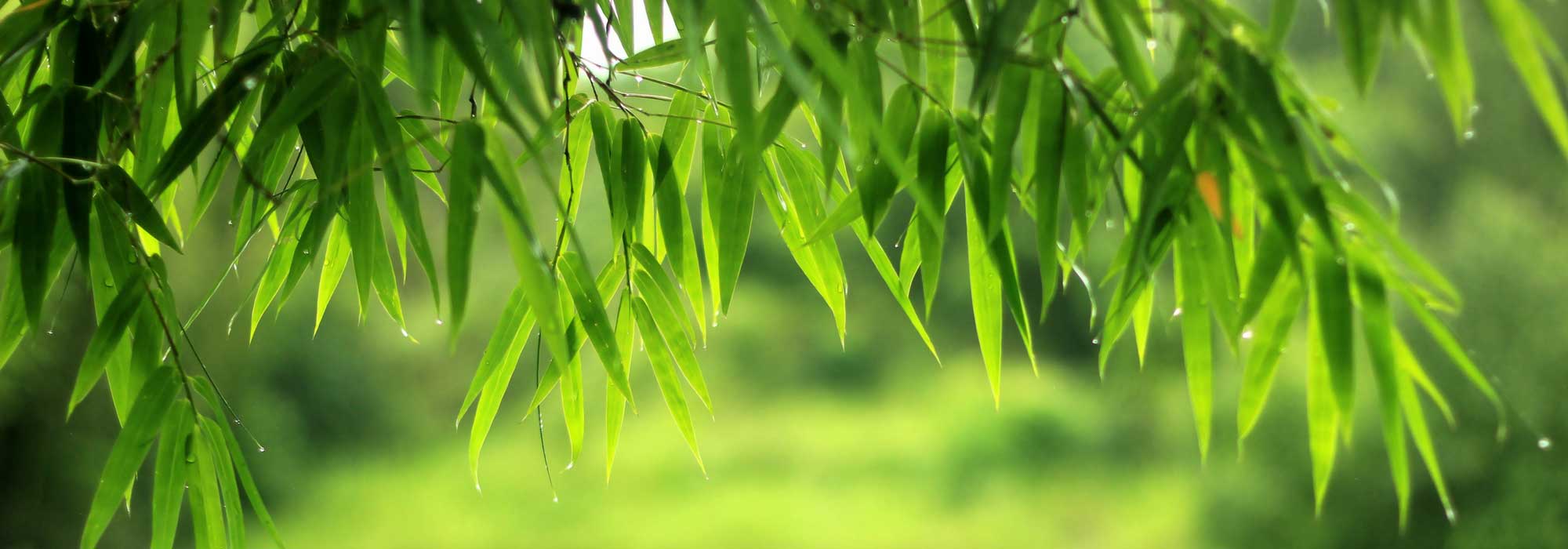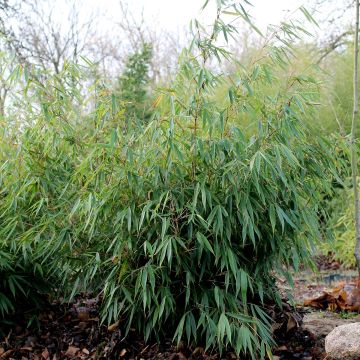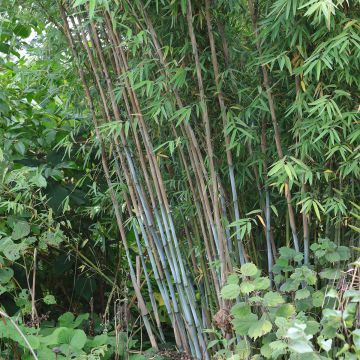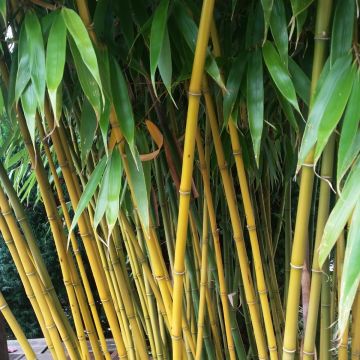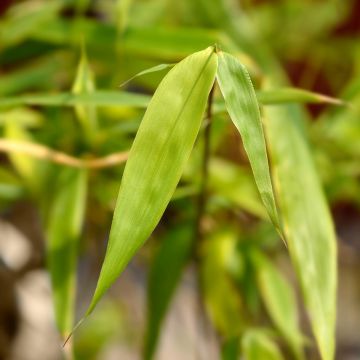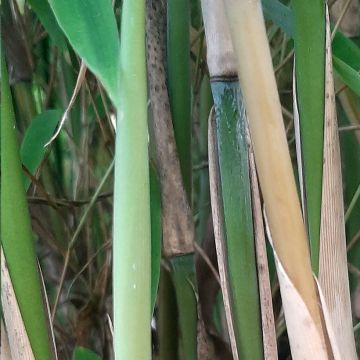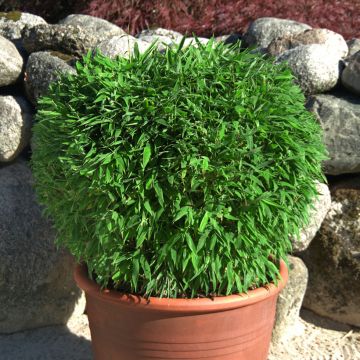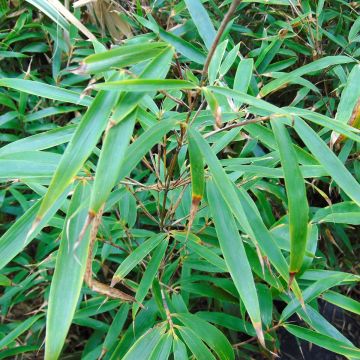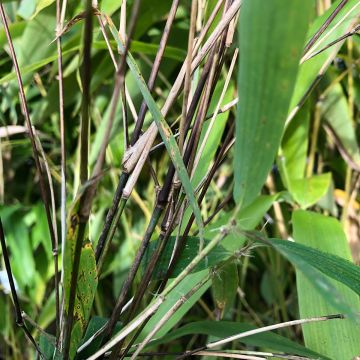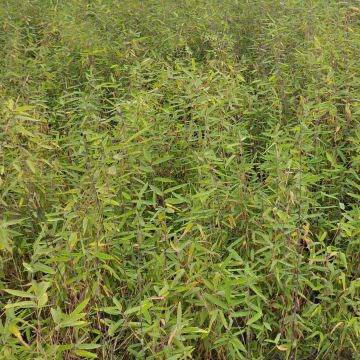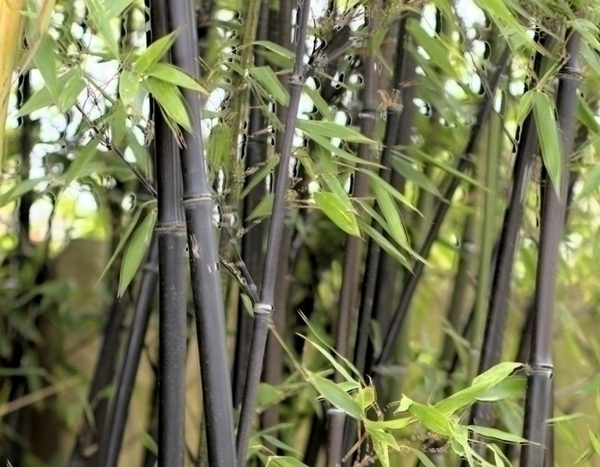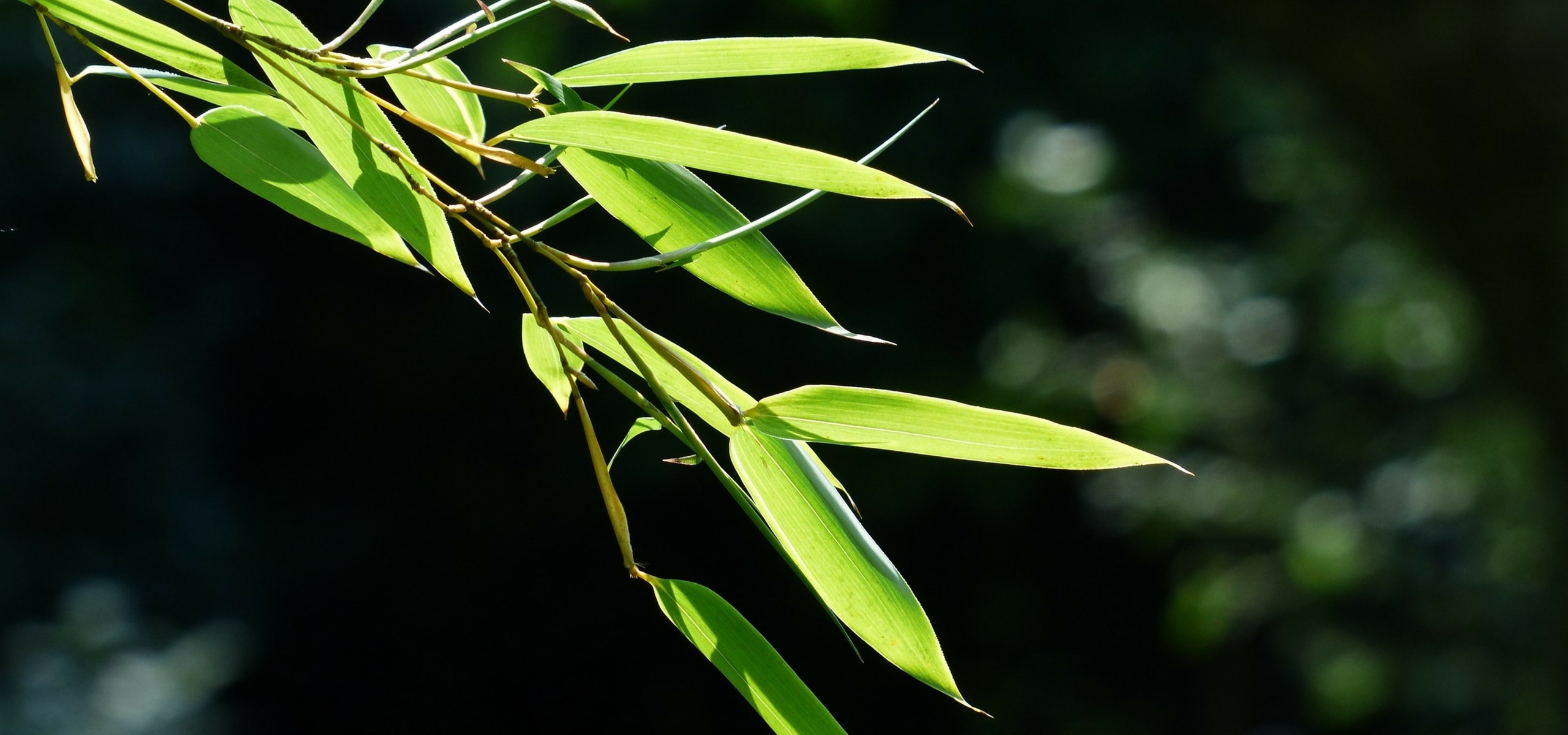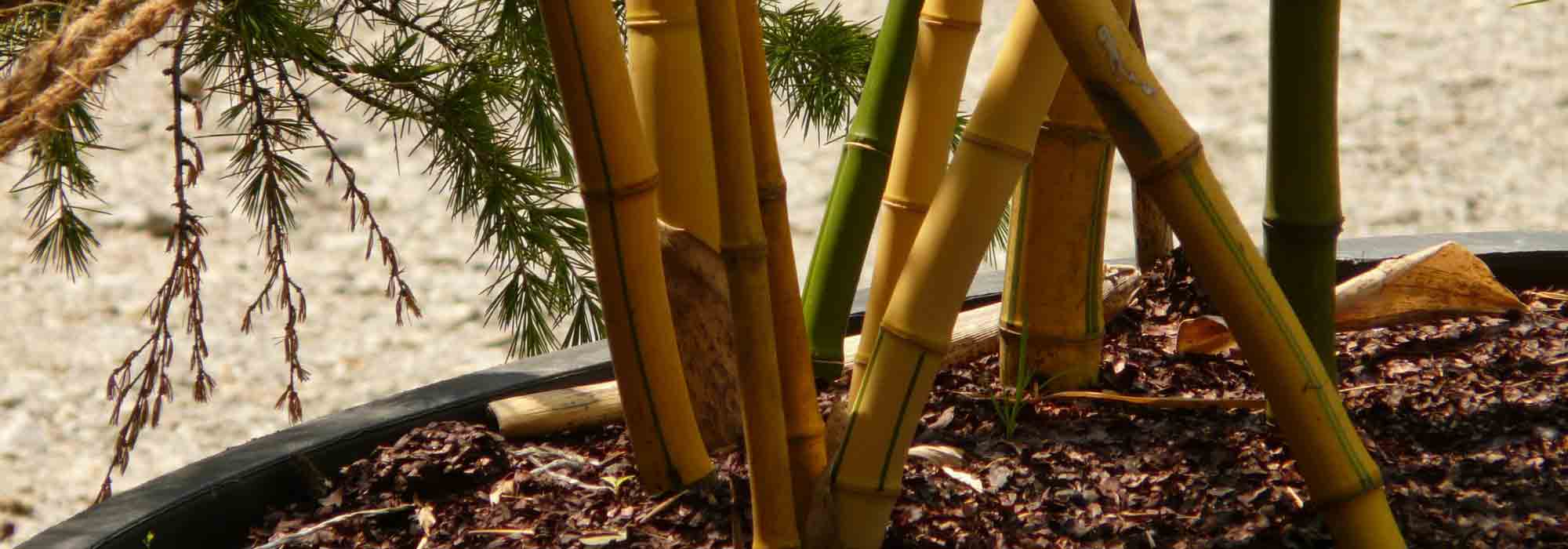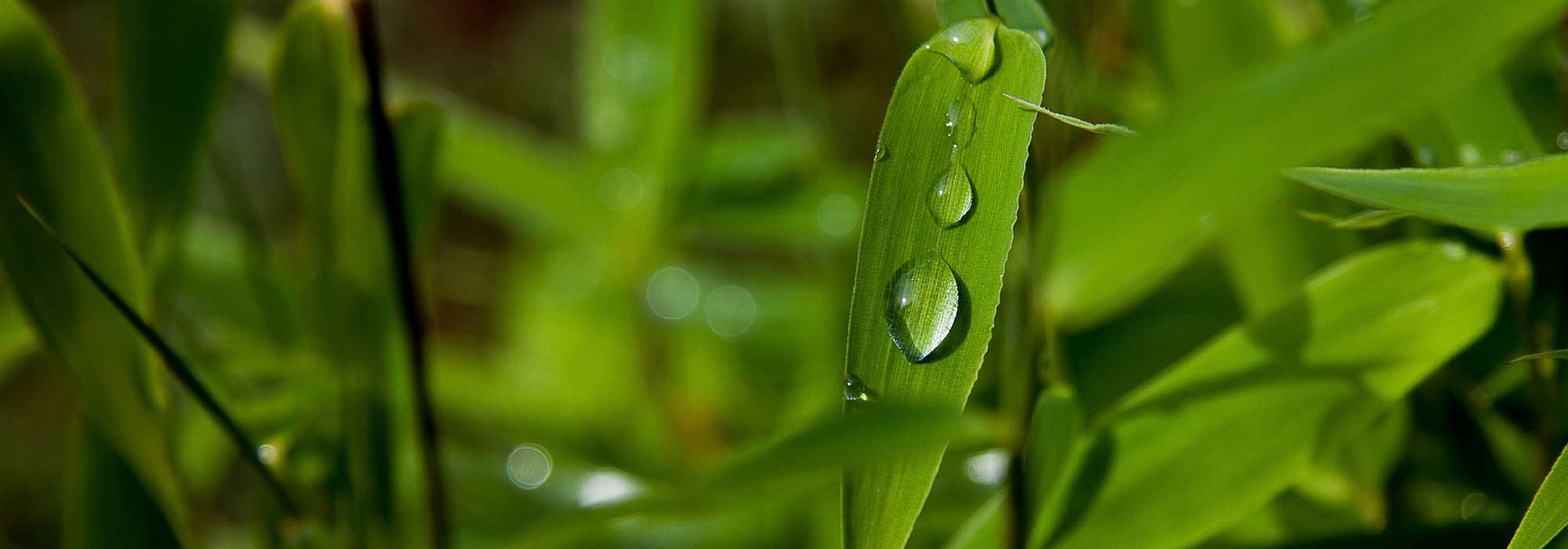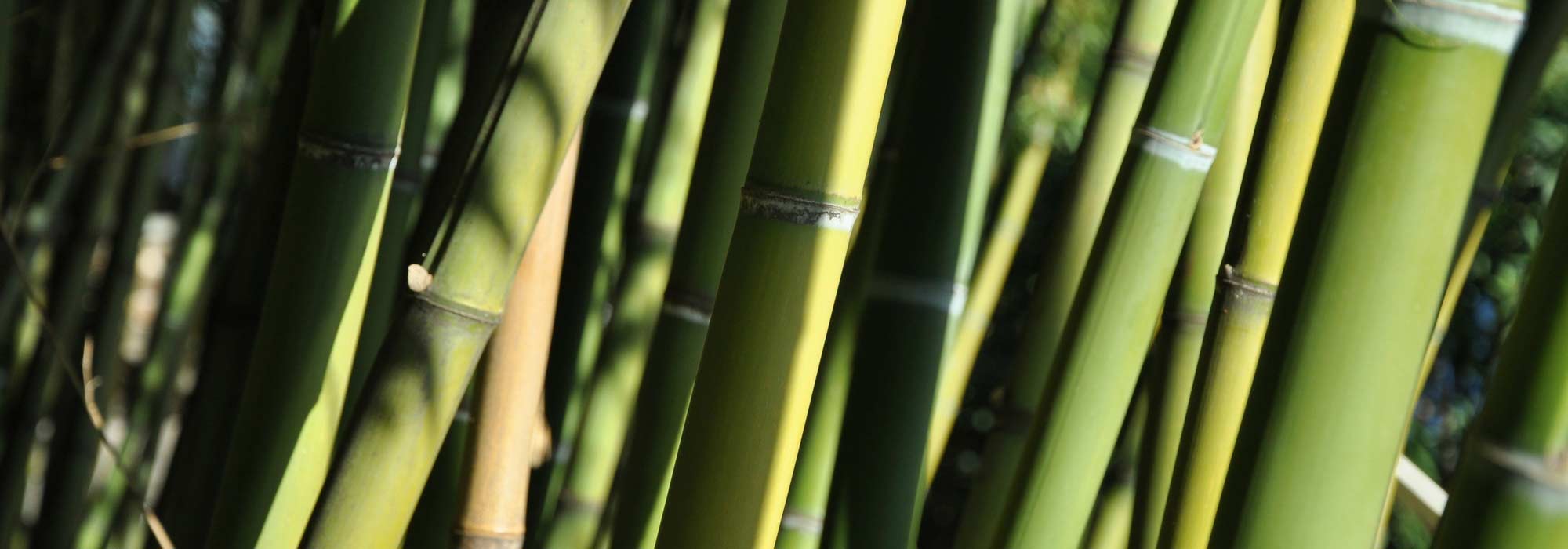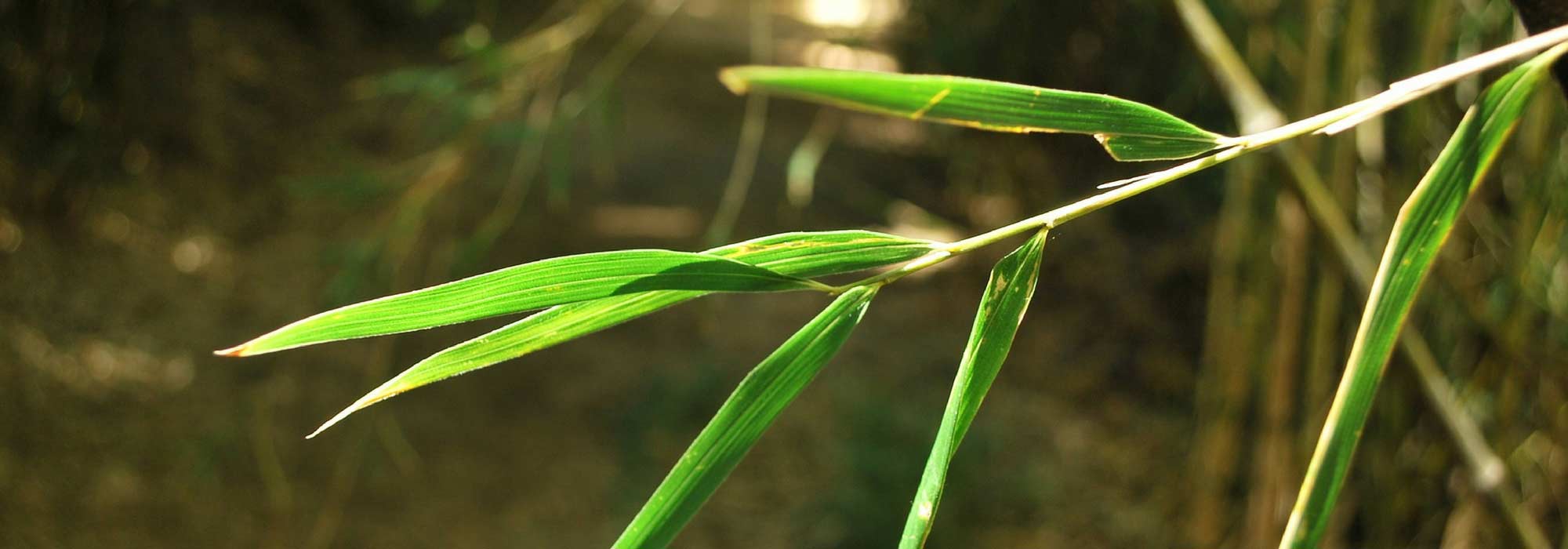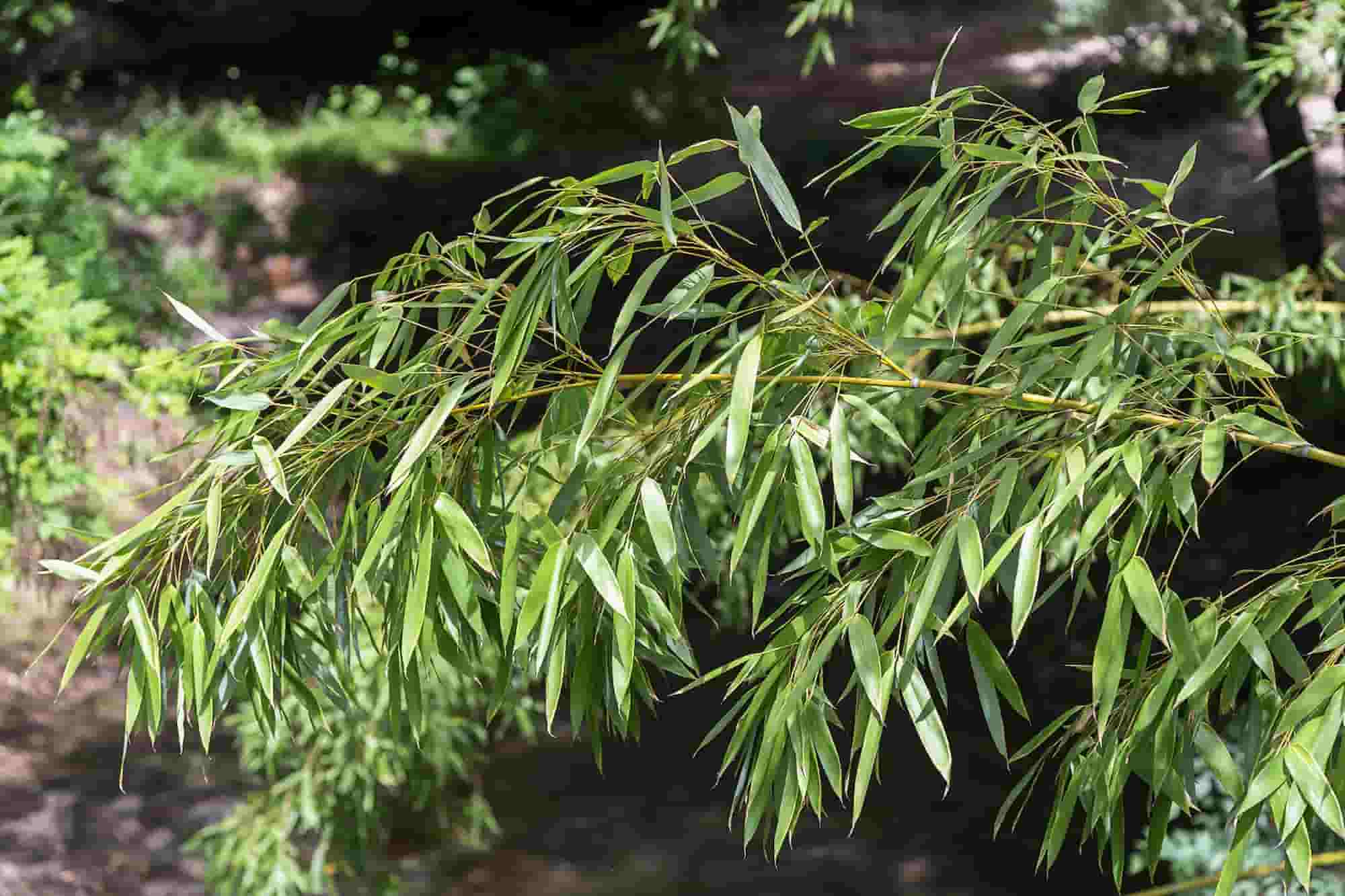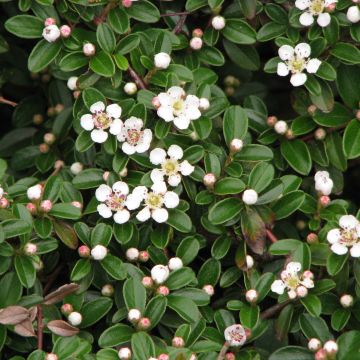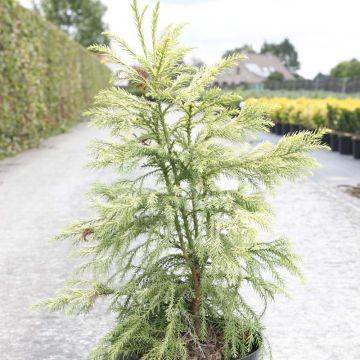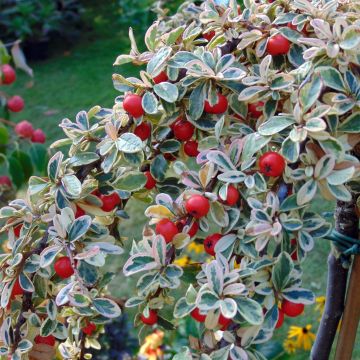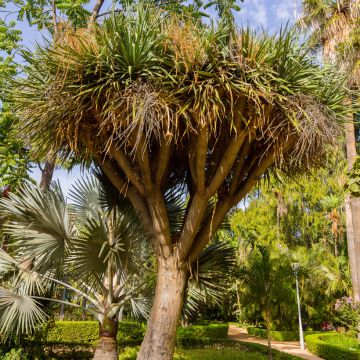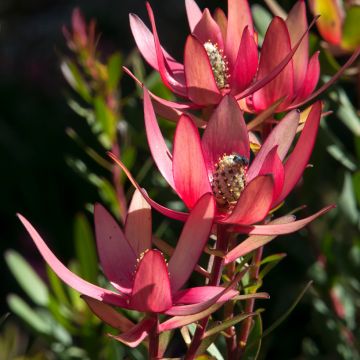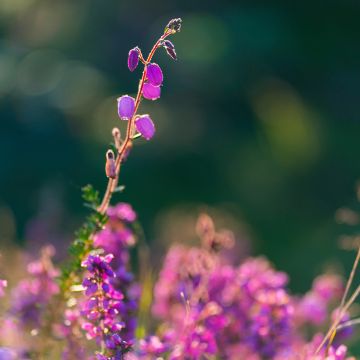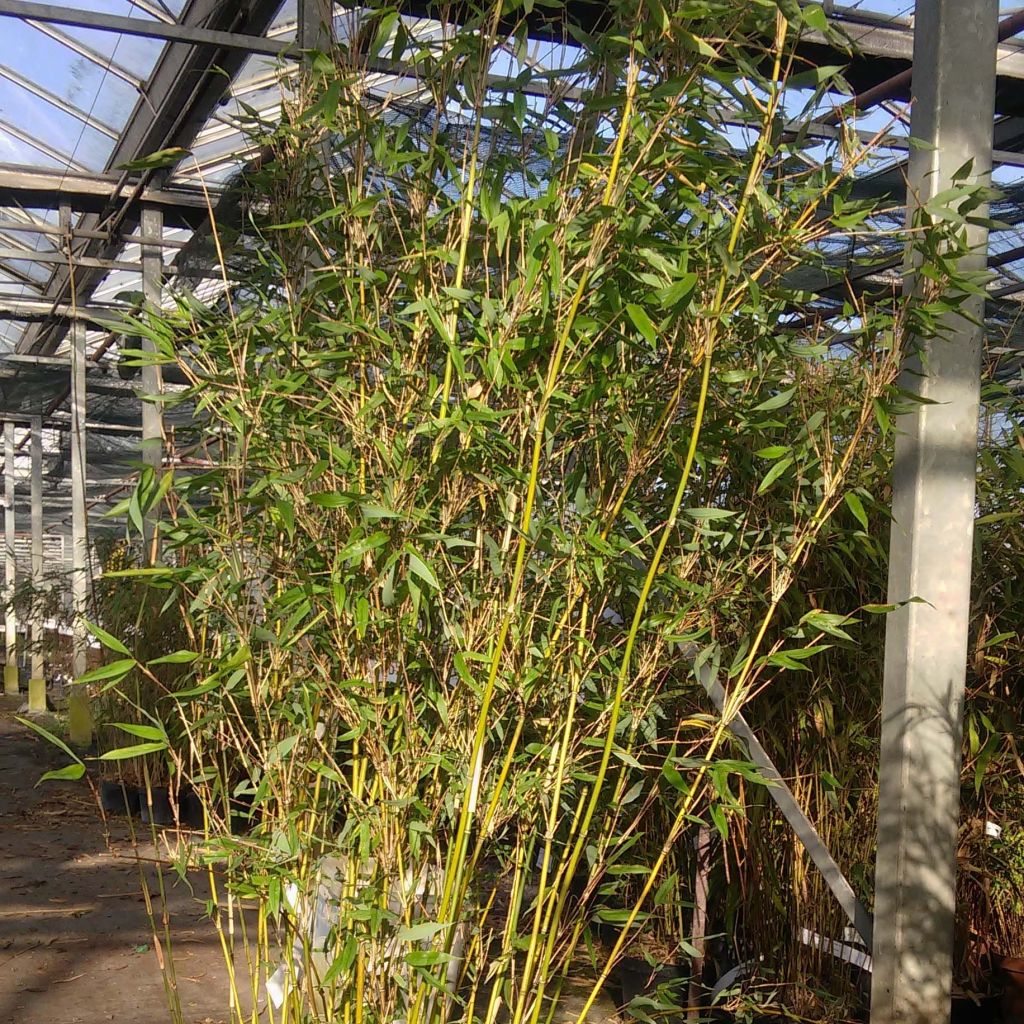

Fargesia denudata Lancaster 1


Fargesia denudata Lancaster 1
Fargesia denudata Lancaster 1
Fargesia denudata Lancaster 1
Fountain Bamboo, Umbrella Bamboo
Satisfied
Nat58, 09/03/2024
Special offer!
Receive a €20 voucher for any order over €90 (excluding delivery costs, credit notes, and plastic-free options)!
1- Add your favorite plants to your cart.
2- Once you have reached €90, confirm your order (you can even choose the delivery date!).
3- As soon as your order is shipped, you will receive an email containing your voucher code, valid for 3 months (90 days).
Your voucher is unique and can only be used once, for any order with a minimum value of €20, excluding delivery costs.
Can be combined with other current offers, non-divisible and non-refundable.
Home or relay delivery (depending on size and destination)
Schedule delivery date,
and select date in basket
This plant carries a 24 months recovery warranty
More information
We guarantee the quality of our plants for a full growing cycle, and will replace at our expense any plant that fails to recover under normal climatic and planting conditions.

Would this plant suit my garden?
Set up your Plantfit profile →
Description
The Fargesia denudata Lancaster 1 is a type of bamboo that is exceptional in many ways. It is named after an English gardener-botanist and is non-invasive, meaning it won't spread uncontrollably. The plant has a beautiful appearance, resembling a miniature weeping willow. It is easy to grow in all areas and has lush foliage consisting of tender bluish-green panicles, young cherry-red branches, and green canes that turn a bright yellow in the sun. This bamboo stays small in size but offers a very dense foliage that can be used as a standalone specimen, a small hedge, or a privacy screen on a balcony. It is also resistant to cold temperatures at high altitudes and has good tolerance to sea spray or dry soils in warmer climates. There are plenty of reasons to choose this wonderful bamboo without hesitation!
The Fargesia denudata Lancaster 1 is a type of woody-stemmed grass that belongs to the Poaceae family. It grows from a non-invasive, clump-forming rhizomatous rootstock. In this type of bamboo, the very short inter-nodal rhizomes grow slowly at the periphery of the rootstock, expanding gradually. They also develop towards the interior of the clump, making it very dense without thinning in the centre. Fargesia denudata is indigenous to central China's provinces, from northern Sichuan to southern Gansu. This bamboo species grows on slopes covered with conifers and birches up to an altitude of 3200 m (about 10,500 feet). Pandas highly appreciate this bamboo variety. This bamboo is one of the most robust, it can withstand temperatures around -18 to -22°C and is not very demanding in terms of soil or exposure.
The cultivar 'Lancaster 1' is a recent horticultural selection, chosen for its vigour and the density of its foliage. It has a compact, flexible, and trailing habit. Its height growth is rapid for Fargesia. At maturity, this bush will reach approximately 3 m (9 in 10 ft) in all directions, sometimes less or sometimes more depending on the growing conditions. It develops strong thin culms from its rootstock, which measure about 1 to 2 cm (0.4 - 0.8 in) in diameter and can reach a height of 3 m (9 in 10 ft). When they emerge from the ground, these culms are a tender green colour. They lengthen and gradually turn yellow, even golden yellow if exposed to the sun. The young secondary branches (the 'shoots') are bright red in colour. They are abundantly covered with small, narrow, tapered, slightly bluish light green evergreen leaves.
The star of Asian-inspired gardens, bamboo suits many styles, from contemporary to exotic, including natural gardens, Zen gardens, or water gardens. Planted in mass, Lancaster 1 bamboo quickly creates an exotic miniature forest, bringing a touch of romance and lushness to any setting. The dense foliage and rapid growth make it an excellent candidate to conceal an unsightly view or create an effective windbreak. Its presence is such that you can plant it as a standalone specimen, giving it enough space to express its full beauty. Moreover, it is quite easy to combine with other evergreen shrubs such as Nandina domestica, hollies, Mahonia, or Sarcococca. In a tropical-style bed, it pairs well with many plants such as Cannas and Fatsia japonica. The Fargesia denudata Lancaster 1 can be cultivated in containers, making it ideal for use on balconies or terraces as a screen to create privacy.
Fargesia denudata Lancaster 1 in pictures


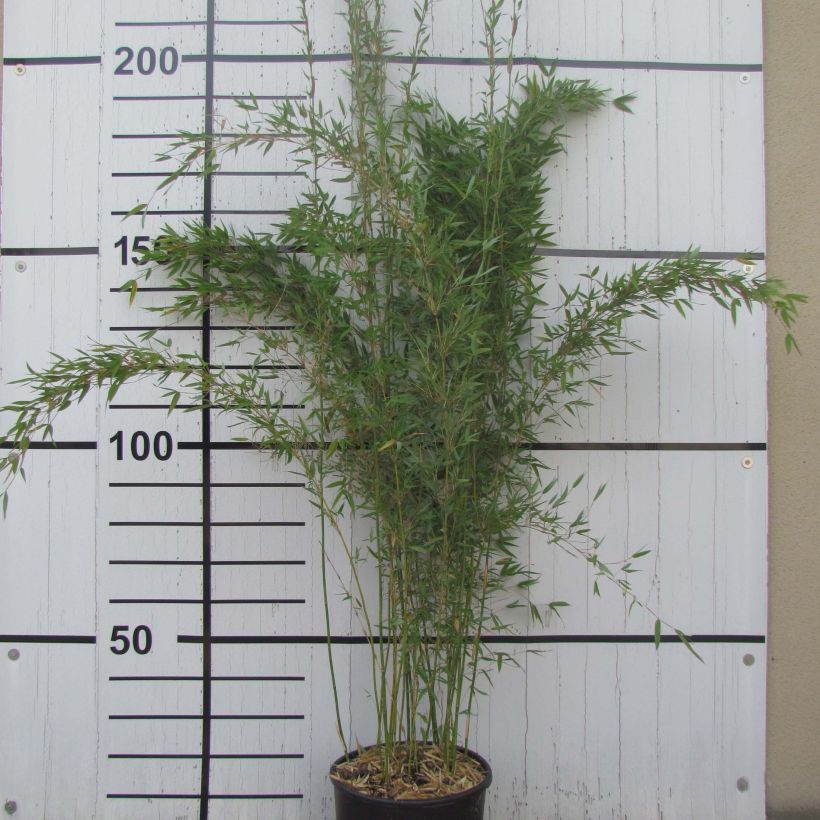

Plant habit
Foliage
Botanical data
Fargesia
denudata
Lancaster 1
Poaceae
Fountain Bamboo, Umbrella Bamboo
Cultivar or hybrid
Other Non-spreading Bamboos
View all →Planting and care
Bamboo can be grown in containers and planted at any time of the year except during frost. However, the best time to plant is in late summer and autumn when the soil is warm and there is more rainfall. The planting distance is determined by how you plan to use your bamboo. If planting for mass coverage, allow a spacing of 0.8 to 1 metre ( 3ft 4 - 3ft 7 ) between each plant. Reduce the distance to 0.6 to 0.8 metres for a hedge ( 2ft 2 - 2ft 7 ).
In general, bamboo prefers deep, rich, well-drained soil that remains moist, either acidic or neutral. They can tolerate slightly chalky soil, depending on the varieties. Fargesia Lancaster 1 is particularly tolerant towards the soil, as long as it is not excessively limestone or too heavy. It prefers sunny exposures in cooler climates, but more shaded ones in warmer climates.
During planting, don't hesitate to loosen the soil and moisten the rootball by soaking it. You can add well-rotted compost and dig it into the planting hole. Watering should be done regularly at least during the first year when planted in open ground, and constantly if your bamboos are grown in pots. The establishment period may sometimes seem a bit long, but don't panic!
This bamboo is not invasive, so putting a rhizome barrier (thick and resistant polypropylene film) is optional.
As for maintenance, bamboo is not demanding: remember to weed around the base at least in the beginning until its dead leaves, left on the ground, form a natural mulch. An application of nitrogen fertiliser (well-rotted manure or liquid fertiliser) in spring and autumn can be beneficial.
Planting period
Intended location
Care
Planting & care advice
-
, onOrder confirmed
Reply from on Promesse de fleurs
Similar products
Haven't found what you were looking for?
Hardiness is the lowest winter temperature a plant can endure without suffering serious damage or even dying. However, hardiness is affected by location (a sheltered area, such as a patio), protection (winter cover) and soil type (hardiness is improved by well-drained soil).

Photo Sharing Terms & Conditions
In order to encourage gardeners to interact and share their experiences, Promesse de fleurs offers various media enabling content to be uploaded onto its Site - in particular via the ‘Photo sharing’ module.
The User agrees to refrain from:
- Posting any content that is illegal, prejudicial, insulting, racist, inciteful to hatred, revisionist, contrary to public decency, that infringes on privacy or on the privacy rights of third parties, in particular the publicity rights of persons and goods, intellectual property rights, or the right to privacy.
- Submitting content on behalf of a third party;
- Impersonate the identity of a third party and/or publish any personal information about a third party;
In general, the User undertakes to refrain from any unethical behaviour.
All Content (in particular text, comments, files, images, photos, videos, creative works, etc.), which may be subject to property or intellectual property rights, image or other private rights, shall remain the property of the User, subject to the limited rights granted by the terms of the licence granted by Promesse de fleurs as stated below. Users are at liberty to publish or not to publish such Content on the Site, notably via the ‘Photo Sharing’ facility, and accept that this Content shall be made public and freely accessible, notably on the Internet.
Users further acknowledge, undertake to have ,and guarantee that they hold all necessary rights and permissions to publish such material on the Site, in particular with regard to the legislation in force pertaining to any privacy, property, intellectual property, image, or contractual rights, or rights of any other nature. By publishing such Content on the Site, Users acknowledge accepting full liability as publishers of the Content within the meaning of the law, and grant Promesse de fleurs, free of charge, an inclusive, worldwide licence for the said Content for the entire duration of its publication, including all reproduction, representation, up/downloading, displaying, performing, transmission, and storage rights.
Users also grant permission for their name to be linked to the Content and accept that this link may not always be made available.
By engaging in posting material, Users consent to their Content becoming automatically accessible on the Internet, in particular on other sites and/or blogs and/or web pages of the Promesse de fleurs site, including in particular social pages and the Promesse de fleurs catalogue.
Users may secure the removal of entrusted content free of charge by issuing a simple request via our contact form.
The flowering period indicated on our website applies to countries and regions located in USDA zone 8 (France, the United Kingdom, Ireland, the Netherlands, etc.)
It will vary according to where you live:
- In zones 9 to 10 (Italy, Spain, Greece, etc.), flowering will occur about 2 to 4 weeks earlier.
- In zones 6 to 7 (Germany, Poland, Slovenia, and lower mountainous regions), flowering will be delayed by 2 to 3 weeks.
- In zone 5 (Central Europe, Scandinavia), blooming will be delayed by 3 to 5 weeks.
In temperate climates, pruning of spring-flowering shrubs (forsythia, spireas, etc.) should be done just after flowering.
Pruning of summer-flowering shrubs (Indian Lilac, Perovskia, etc.) can be done in winter or spring.
In cold regions as well as with frost-sensitive plants, avoid pruning too early when severe frosts may still occur.
The planting period indicated on our website applies to countries and regions located in USDA zone 8 (France, United Kingdom, Ireland, Netherlands).
It will vary according to where you live:
- In Mediterranean zones (Marseille, Madrid, Milan, etc.), autumn and winter are the best planting periods.
- In continental zones (Strasbourg, Munich, Vienna, etc.), delay planting by 2 to 3 weeks in spring and bring it forward by 2 to 4 weeks in autumn.
- In mountainous regions (the Alps, Pyrenees, Carpathians, etc.), it is best to plant in late spring (May-June) or late summer (August-September).
The harvesting period indicated on our website applies to countries and regions in USDA zone 8 (France, England, Ireland, the Netherlands).
In colder areas (Scandinavia, Poland, Austria...) fruit and vegetable harvests are likely to be delayed by 3-4 weeks.
In warmer areas (Italy, Spain, Greece, etc.), harvesting will probably take place earlier, depending on weather conditions.
The sowing periods indicated on our website apply to countries and regions within USDA Zone 8 (France, UK, Ireland, Netherlands).
In colder areas (Scandinavia, Poland, Austria...), delay any outdoor sowing by 3-4 weeks, or sow under glass.
In warmer climes (Italy, Spain, Greece, etc.), bring outdoor sowing forward by a few weeks.






























